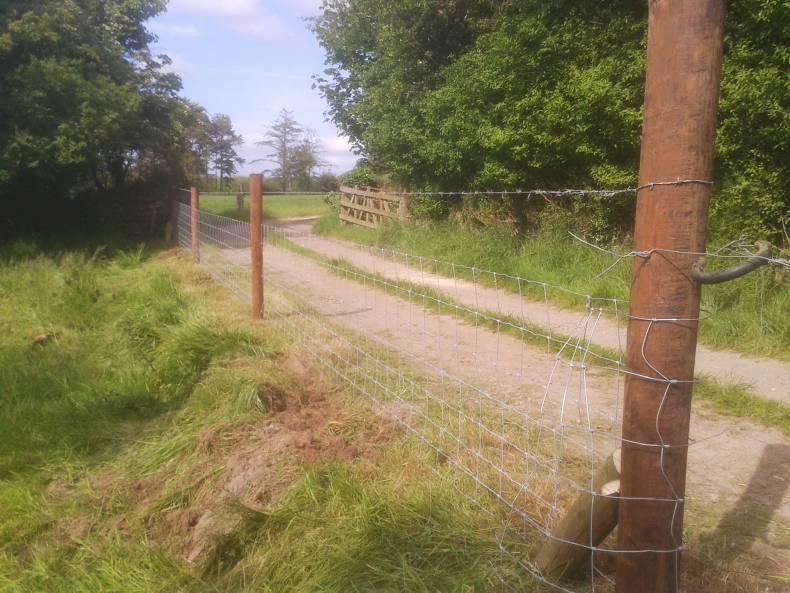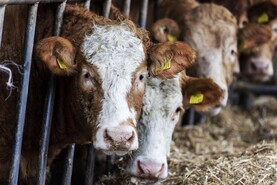Like a lot of people, we jotted down a few plans between Christmas Day and New Year’s Eve for the coming year. And like everyone’s plans, ours must be flexible enough to fit around family and other events, such as off-farm jobs.
There are some big ticket items we will try our best to implement:
(1) Increase the stocking rate, which is a fancy way of saying "buy more sheep". We will start by purchasing eight to 10 ewes with lambs at foot, plus a few four- or five-year-old ewes that are close enough to lambing (that is, they’re no strangers to the maternity ward). We’ll probably buy more store lambs too. In line with research from Athenry, we’ll buy lighter hill lambs, as early in the year as possible, since there’s greater potential for weight gain and profit with this type of stock.
(2) Continue the fencing plan. The two biggest infrastructure needs for sheep are fencing and handling facilities. We had one field that was essentially out-of-bounds in 2015 since it wasn’t properly fenced – this has to be sorted in 2016. We did some fencing in 2015 and it is an enjoyable job when the weather is good and you see the results of your labour.
(3) Tidy up the holding yard and sheep race. We managed, just about, in 2015 with what we had, but again we need to upgrade our handling capacity as we increase stock numbers and the amount of work involved.
(4) Prepare winter housing. We have an old cubicle cow shed that will serve as the new sheep shed from here on. It needs a good cleaning out though and some repairs here and there.
(5) Join a discussion group. Leaving the financial incentive aside, I’m looking forward to meeting other sheep farmers in the county and picking up good practices from them. It will be useful too to host a meeting and have others question our system.
(6) Appeal National Reserve rejection. This is the one that has been to the fore over Christmas, and the battle against officialdom will begin as soon as I get the official Department letter in the post.
(7) Start reseeding. What we are farming at the moment is old, permanent pasture that has been somewhat neglected. The land is laid out nicely for reseeding, in that we can do a field a year for the next number of years without too much disruption. Some drainage might also be required, but we’ll play that one by year.
(8) Homework on first forestry thinning. The 12 acres we planted in 2008 is mostly alder and its first thinning isn’t far away. It is good to do your own research in advance and we will not be found wanting when it comes to this new enterprise on the farm.
The above are the big tasks for the year, but no doubt there’ll be plenty of day-to-day jobs that crop along the way too. What was it John Lennon said: “Life is what happens while you’re busy making other plans.”
Oh, and we have to start building our new bungalow on the farm too as soon as the weather dries up. Putting it mildly, 2016 will be a busy year.






 This is a subscriber-only article
This is a subscriber-only article










SHARING OPTIONS: